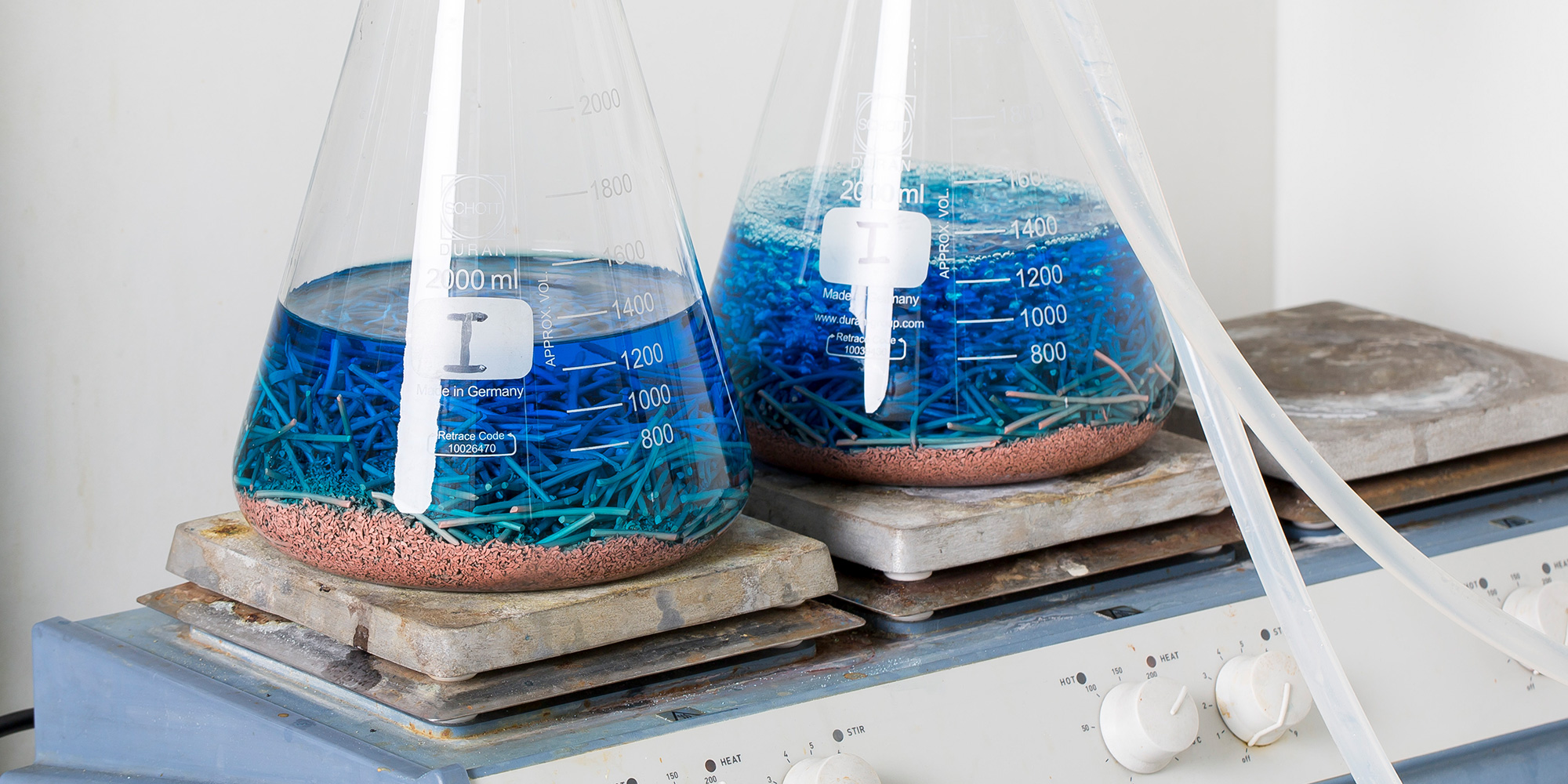UOP 1251 Corrosion Characteristics of Process Fluids Test
The UOP 1251 test method is a critical tool for the oil and gas industry, designed to assess the corrosive properties of process fluids. This standard provides a reliable framework for evaluating the potential for corrosion in various hydrocarbon processing environments. Understanding these characteristics is essential for ensuring equipment longevity, optimizing operational efficiency, and maintaining safety standards.
The test involves exposing steel specimens to the fluid under controlled conditions that mimic real-world operating parameters. Key factors include temperature, pressure, flow rate, and exposure duration. This standardized approach allows for consistent and comparable results across different facilities and suppliers.
One of the primary advantages of UOP 1251 is its ability to predict potential corrosion risks early in the design or operational phase. By identifying corrosive tendencies, engineers can implement preventative measures such as material selection, coating applications, and process optimization. This proactive approach not only enhances safety but also reduces maintenance costs and downtime.
Another significant benefit of this test is its role in compliance with industry regulations and standards. Many oil and gas facilities are subject to stringent environmental and safety requirements. UOP 1251 helps ensure that these standards are met by providing a robust method for assessing corrosive properties. This compliance not only protects the environment but also ensures regulatory approval of new processes or equipment.
The test protocol itself is rigorous, involving precise specimen preparation and exposure conditions. Specimens are typically cut from commercially available steel plates according to specific dimensions outlined in UOP 1251. These specimens are then cleaned and conditioned before being subjected to the corrosive environment created by the process fluid.
The corrosive environment is established through a combination of temperature control, pressure regulation, and flow rate adjustment. The duration of exposure can vary depending on the specific requirements of the test, but it is generally designed to simulate typical operational conditions over an extended period. This allows for thorough evaluation of corrosion rates and mechanisms.
Once exposed, the specimens are removed from the corrosive environment and thoroughly cleaned. Any surface contamination or residual fluid must be carefully removed before further analysis. The next step involves detailed inspection and measurement of any corrosion that has occurred. This is typically done using visual inspection methods supplemented by non-destructive testing techniques such as magnetic particle inspection (MPI) or ultrasonic testing.
The results of the UOP 1251 test are reported in a comprehensive manner, detailing both qualitative observations and quantitative measurements. Qualitative assessments include descriptions of visible corrosion features such as pitting, general surface attack, or intergranular corrosion. Quantitative data may include weight loss calculations, area蚀صند





